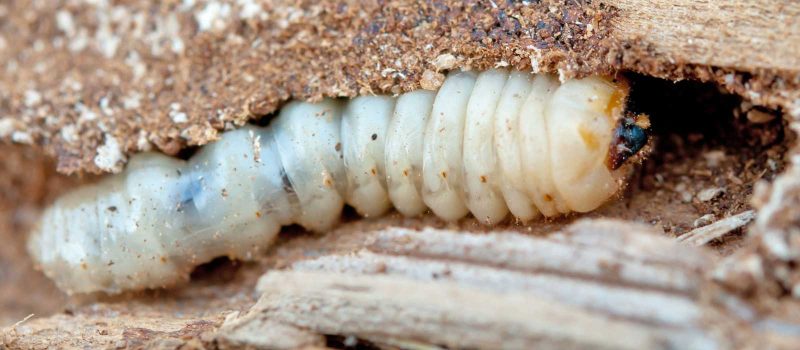Pest Control Specialists Limited
Borer
The common house borer is the most prevalent species of borer in New Zealand. Female borer will lay eggs onto the surface of bare timber or in old borer holes where once hatched they stay in larval form for up to 4 years, this is when the damage is done to the internal area of the wood. When it is time for borer to pupate is when the holes appear in the timber, this in general happens anywhere from October to March, the grown adults then mate and the cycle repeats itself.
Homes built before the 1960s are usually the victims of borer infestations as the use of treated timber only started in New Zealand in 1952 and wasn’t widely used until much later. Some of NZ’s native timber like Rimu and Matai have natural resistance to borer as long as humidity levels were kept low (in some areas of NZ this is very hard to do). Nowadays treated Pine is used (Pine resin is not something the borer can digest).

Treatment:
We have a few different avenues for borer treatment, the main one is via a thermal fogging method. This is applied to bare timber areas which is typically in the roof void and in the sub-floor. Interior areas of the house are normally not included due to high amount of paint or varnish that is used inside which makes the fogging method not viable.
Another method is via syringe or dropper into borer holes. This is only really effective on small areas and there is no guarantee that there will be good results.
Finally we can use typical wet spraying only on exposed timbers, this is another unique method that can normally be applied to furniture that has been sanded down and exposed and then treated prior to being re-varnished or painted.
